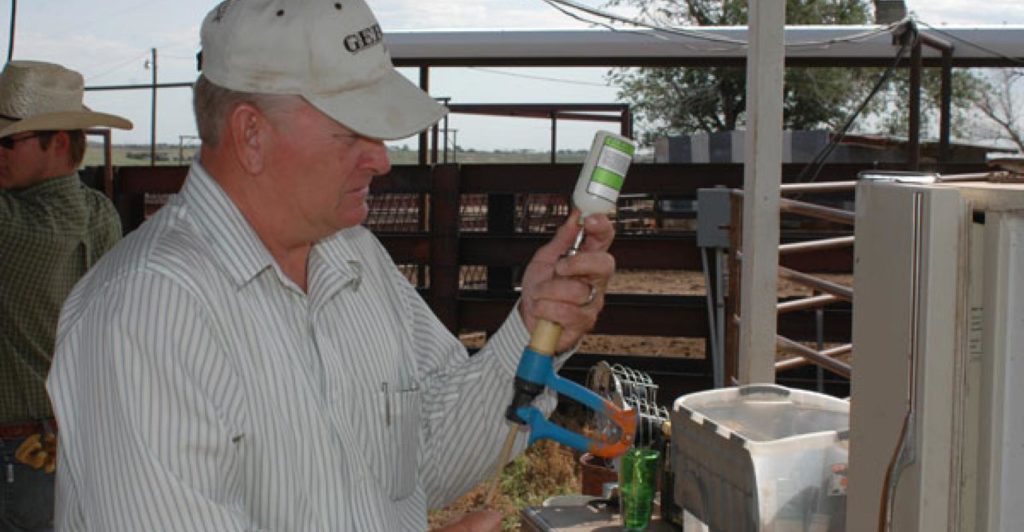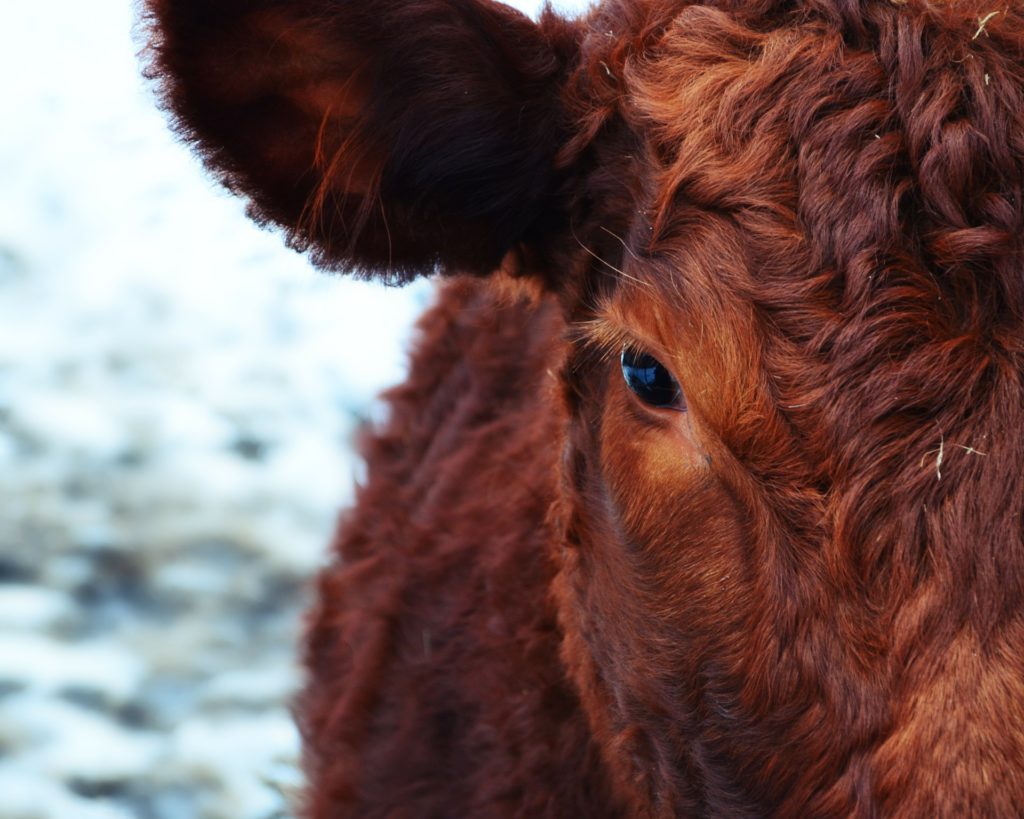An effective vaccination program helps set your calves up for success.
Vaccine is a buzzword in today’s news headlines as the world awaits development of a human vaccine anticipated to reduce spread of COVID-19. But for cattle producers, the discussion of vaccines and building herd immunity is nothing new, since vaccines are health management tools commonly used among livestock.
“Whether talking about people or cattle, the goal of a vaccine is to provide protection to individuals and the larger population, herd or community that those individuals are a part of,” explains Marissa Munson, DVM, a technical service veterinarian for the U.S. Cattle Business Unit at Huvepharma. “As a result, vaccines can prevent outbreaks, decrease the number of cattle getting sick and minimize costly performance losses and treatment interventions.
That said, for vaccines to fully work their magic, several factors and management applications should be considered. Munson emphasizes, “Vaccines are an important part of a preventative herd health program, but they are not intended to be a silver bullet to make up for poor management. When you invest in a vaccine—and the time to administer it—you want to optimize its return in the animal and return for the producer.”
Thus, for producers planning vaccination protocols for their cattle, Munson offers a quick review to boost return on investment with these five tips:
- Assess and evaluate vaccine needs. Whether you’ve vaccinated cattle for years or are considering adding a vaccination protocol to your herd, Munson advises taking time to assess and evaluate your vaccine practices. Consider what type of diseases you want to control. What type of animal will you be vaccinating (weaned calves, heifers or mature cows) and what are the different disease risks they’ll be exposed to?
Including your veterinarian in this vaccine program assessment and development process is critical to better understand your herd’s risks and what vaccine products best fit your needs. As a general recommendation, Munson says, “Look for a vaccine that covers major respiratory and reproductive viruses like IBR (Infectious Bovine Rhinotracheitis), BVD (Bovine Viral Diarrhea), PI3 (Parainfluenza), and BRSV (Bovine Respiratory Syncytial Virus), and work with your veterinarian to determine other diseases that impact your geographic region and type of operation.” Each operation will have different vaccine needs depending on herd goals.
- Minimize stress before, during, and after vaccination—especially for calves. “Ideally, you want to vaccinate cattle at times of lower stress to produce a more effective immune response,” explains Munson. For young calves, this means giving initial vaccines 2-3 weeks before weaning and following with a booster a couple weeks after weaning. She explains that the goal of an effective calf vaccine program is to build immunity before weaning to minimize the risk of calves getting sick during this stressful time.
- Ensure proper vaccine handling and storage. “Vaccine storage is critical as they are temperature and light sensitive. Handling and administration can also impact vaccine efficacy so paying attention to this is a must,” said Munson. She emphasized that vaccines must be kept cool, and as a rule recommends only bringing as much vaccine product out of the refrigerator as will be used in a couple hours and keeping it in a cooler. “This is especially important for modified live vaccines (MLV), which are fragile,” said Munson.
Additionally, Munson stresses the importance of preparations beforehand including reviewing label use and expiration dates on vaccines, labeling syringes for certain product use and using clean needles so different products do not get mixed together. Leftover doses in opened bottles should be discarded at the end of the day, especially when the lid has been punctured with multiple needle holes, risking contamination. She notes that taking these steps can help minimize post-vaccination lumps and bumps that may occur at the injection site.
- Don’t overlook nutrition and hydration. Munson notes that if calves are healthy prior to vaccination, they often handle the vaccination process without extra hurdles. Equally important is balanced nutrition and offering access to fresh, clean water.
Munson explains, “We know that nutrition can impact the vaccine response. So, having calves eating and hydrated before and after vaccine administration is key to battling post-vaccination challenges calves may face.”
- Communicate vaccine efforts and market cattle health through the supply chain. “Vaccinations and investing in herd health can be a win-win for everybody from the cow-calf producer to the packer. We know vaccinated calves are healthier animals, and they perform better,” stated Munson. She continued by emphasizing the importance of communicating the steps that have been taken to boost health and reduce risk on calves moving through the marketing chain to capture the added value
“When we do what’s best for cattle and communicate those benefits effectively, it helps the whole beef industry and builds consumer confidence in our ability to supply a safe, quality product,” Munson concludes.
BEEF MAGAZINE Source: Huvepharma, which is solely responsible for the information provided and is wholly owned by the source.








